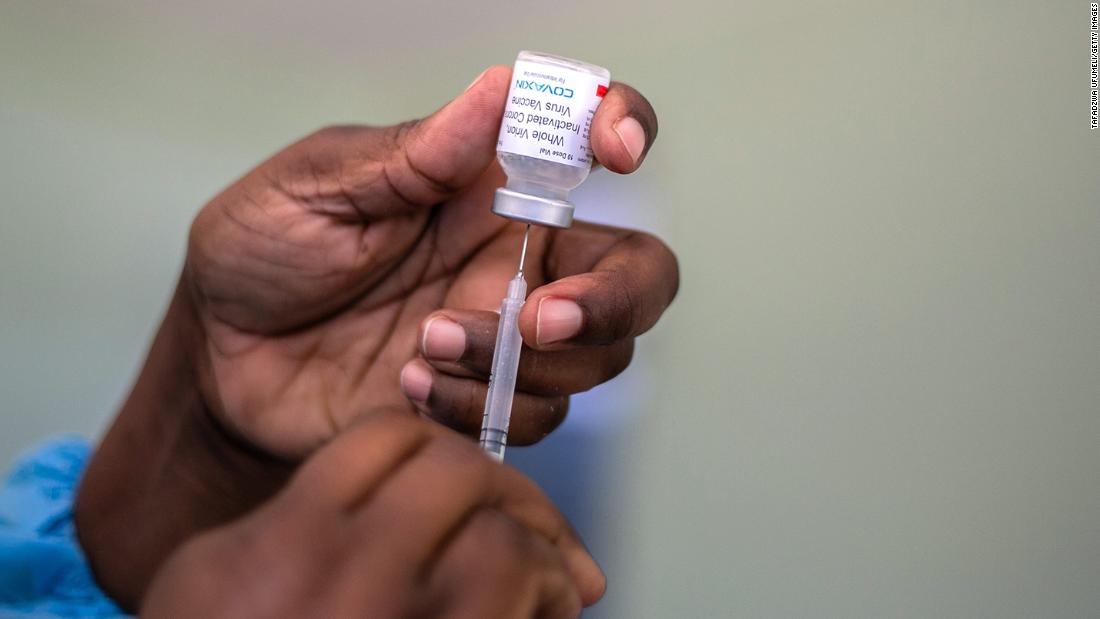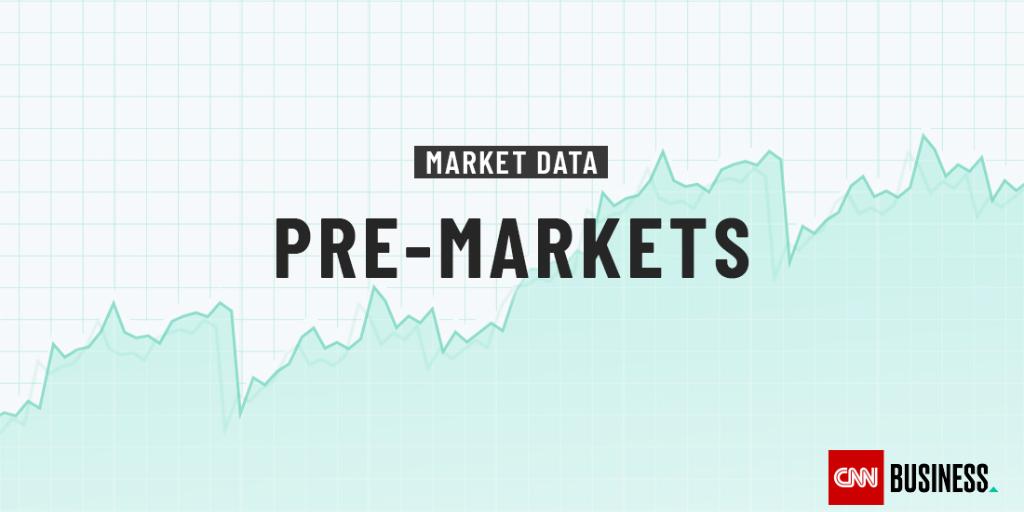In today's digital marketing landscape, effectively engaging with subscribers is crucial. Email triggers can be a powerful tool for automating the sending of targeted calls-to-action (CTAs) based on subscriber behavior. By leveraging these triggers, you can deliver personalized and timely messages that drive engagement, conversions, and customer satisfaction. This article explores how to harness the power of email triggers to enhance your marketing efforts and achieve better results.
Understanding Email Triggers and Their Benefits
What are Email Triggers?
Email triggers are automated messages sent based on specific actions or behaviors exhibited by subscribers. These actions can include opening an email, clicking a link, making a purchase, or abandoning a cart. The primary goal of using email triggers is to respond to subscriber behavior with relevant, timely, and personalized content.
Benefits of Email Triggers
- Increased Engagement: Triggered emails are more likely to be opened and acted upon because they are relevant to the subscriber's recent actions.
- Enhanced Personalization: By targeting subscribers based on their behavior, you can deliver content that resonates with their interests and needs.
- Higher Conversion Rates: Relevant CTAs increase the likelihood of conversions, whether it's making a purchase, signing up for a webinar, or downloading a resource.
- Improved Efficiency: Automated emails reduce the need for manual intervention, allowing you to focus on other aspects of your marketing strategy.
Setting Up Email Triggers Based on Subscriber Behavior
1. Define Key Subscriber Actions
To effectively use email triggers, start by identifying the key actions you want to monitor. These actions can include:
- Email Opens: Trigger emails based on whether a subscriber opens a previous email.
- Link Clicks: Send follow-up emails when a subscriber clicks on specific links.
- Purchases: Automate post-purchase emails to encourage repeat business or cross-selling.
- Cart Abandonment: Send reminders to subscribers who have added items to their cart but haven't completed the purchase.
2. Create Trigger-Based Campaigns
Once you've defined the key actions, create targeted email campaigns for each trigger. For example:
- Welcome Series: Send a series of introductory emails when a subscriber first signs up.
- Re-Engagement Campaigns: Trigger emails to inactive subscribers with special offers or content to re-engage them.
- Post-Purchase Follow-Ups: Send emails thanking customers for their purchase and suggesting related products.
3. Set Up Automated Workflows
Use an email marketing platform that supports automation to set up workflows for your trigger-based campaigns. Configure the triggers and specify the conditions under which each email should be sent. This ensures that the right message reaches the right subscriber at the right time.
Crafting Effective Calls-to-Action (CTAs) for Triggered Emails
1. Align CTAs with Subscriber Actions
Ensure that your CTAs are relevant to the subscriber's recent behavior. For example:
- Cart Abandonment: Use CTAs like "Complete Your Purchase" or "Finish Checkout."
- Post-Purchase Follow-Ups: Encourage further engagement with CTAs such as "Browse More Products" or "Leave a Review."
2. Use Clear and Compelling Language
Your CTAs should be direct and persuasive. Use action-oriented language that clearly communicates the desired outcome. Phrases like "Get Started," "Download Now," or "Claim Your Discount" can drive higher engagement.
3. Optimize CTA Placement and Design
Position your CTAs prominently within the email and ensure they stand out visually. Use contrasting colors, buttons, or bold text to draw attention. The design should be consistent with your brand and mobile-friendly to cater to all users.
Analyzing and Optimizing Trigger-Based Email Campaigns
1. Monitor Key Metrics
Track performance metrics such as open rates, click-through rates, conversion rates, and unsubscribe rates. Analyzing these metrics will help you understand how well your triggered emails are performing and identify areas for improvement.
2. Conduct A/B Testing
Experiment with different subject lines, CTA designs, and email content to see what resonates best with your audience. A/B testing allows you to make data-driven decisions and refine your email triggers for better results.
3. Continuously Refine Your Strategy
Regularly review your email triggers and campaigns to ensure they remain effective. As subscriber behavior and preferences evolve, adjust your triggers and CTAs accordingly to maintain relevance and engagement.
Implementing Advanced Email Trigger Strategies
1. Segmenting Your Audience for Better Targeting
Segmentation involves dividing your subscriber list into smaller groups based on specific criteria such as demographics, behavior, or purchase history. By segmenting your audience, you can create more personalized and relevant trigger-based emails. For instance:
- Behavioral Segmentation: Send different messages based on how subscribers interact with your emails or website.
- Demographic Segmentation: Tailor emails according to age, gender, location, or other demographic factors.
- Purchase History Segmentation: Create targeted emails based on previous purchases or browsing behavior.
2. Leveraging Dynamic Content in Triggered Emails
Dynamic content allows you to personalize email messages based on subscriber data. This means that different subscribers receive different content within the same email campaign. For example:
- Personalized Recommendations: Use data from previous purchases to suggest products or services that align with the subscriber's interests.
- Localized Offers: Customize offers based on the subscriber’s geographic location.
Dynamic content can increase engagement and conversion rates by making emails more relevant and appealing to each recipient.
3. Incorporating Behavioral Triggers into Your Sales Funnel
Behavioral triggers can be integrated throughout the sales funnel to guide subscribers through their customer journey. For example:
- Lead Nurturing: Send educational content or special offers to subscribers who have shown interest in your products but haven’t yet converted.
- Upselling and Cross-Selling: Trigger emails to customers who have made a purchase, suggesting complementary products or services.
By strategically placing triggers at various stages of the sales funnel, you can effectively move subscribers closer to conversion.
FAQs
1. What types of email triggers should I use for my business?
The types of email triggers you use depend on your business goals and subscriber behavior. Common triggers include welcome emails, cart abandonment reminders, post-purchase follow-ups, and re-engagement campaigns.
2. How can I measure the success of my triggered email campaigns?
Measure success by tracking key metrics such as open rates, click-through rates, conversion rates, and unsubscribe rates. Analyzing these metrics will help you assess the effectiveness of your campaigns and make necessary adjustments.
3. Can I automate email triggers using any email marketing platform?
Most modern email marketing platforms offer automation features that support email triggers. Choose a platform that allows you to set up workflows based on subscriber actions and customize your campaigns accordingly.
4. How often should I review and update my email triggers?
Regularly review your email triggers to ensure they align with current subscriber behavior and business objectives. Quarterly reviews are a good starting point, but more frequent updates may be necessary based on performance and changes in your marketing strategy.
5. What are some best practices for writing effective CTAs in triggered emails?
Effective CTAs should be clear, compelling, and relevant to the subscriber's behavior. Use action-oriented language, place CTAs prominently, and design them to stand out visually. Test different approaches to find what works best for your audience.
By leveraging email triggers to automate targeted calls-to-action based on subscriber behavior, you can enhance engagement, increase conversions, and drive business growth. Implementing these strategies and continuously optimizing your campaigns will help you achieve better results and deliver a more personalized experience for your subscribers.
Using email triggers to automate the sending of targeted calls-to-action based on subscriber behavior can significantly boost your marketing efforts. By understanding and implementing effective email trigger strategies, you can deliver personalized and timely messages that drive engagement and conversions.
Regularly analyzing and optimizing your email triggers, addressing common challenges, and leveraging advanced strategies will help you maintain a high level of relevance and effectiveness in your email marketing campaigns. Embrace these practices to create a more dynamic and responsive marketing approach that resonates with your audience and achieves your business goals.
Get in Touch
Website – https://www.webinfomatrix.com
Mobile - +91 9212306116
Whatsapp – https://call.whatsapp.com/voice/9rqVJyqSNMhpdFkKPZGYKj
Skype – shalabh.mishra
Telegram – shalabhmishra
Email -info@webinfomatrix.com










 English (US) ·
English (US) ·